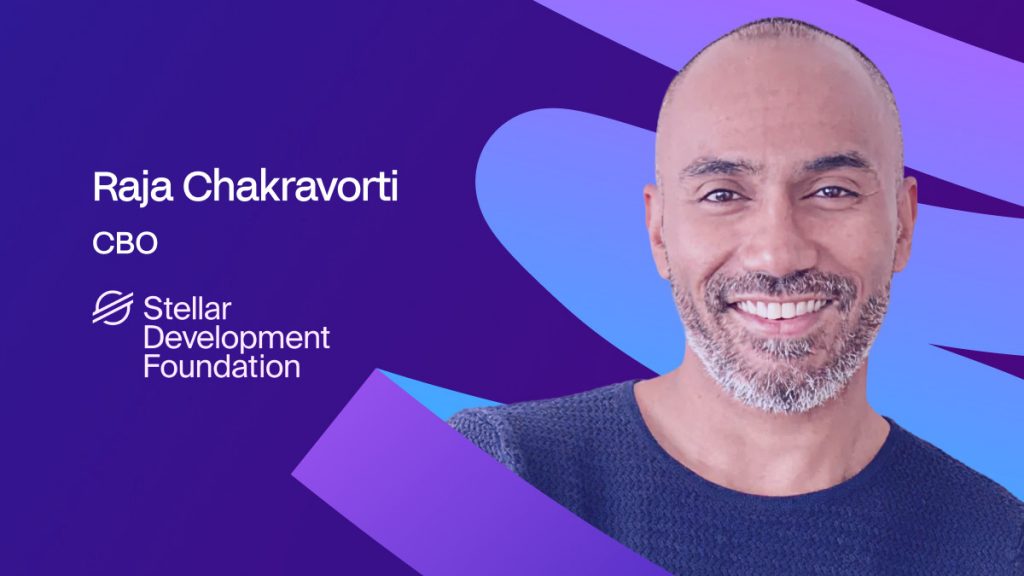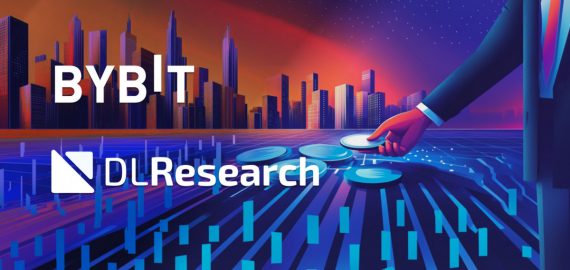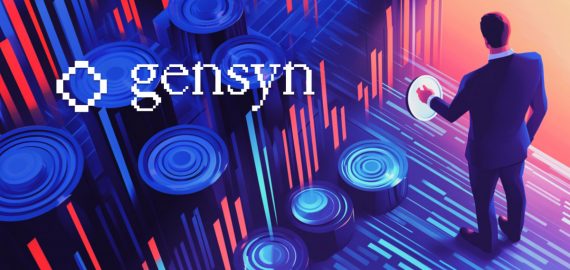Stellar’s Mission to Move Money Seamlessly for Everyone


In Brief
Raja Chakravorti sees Stellar as an invisible blockchain infrastructure powering real-world financial inclusion, enabling billions to move money safely and instantly through seamless institutional partnerships.

Raja Chakravorti, Chief Business Officer at the Stellar Development Foundation, sees blockchain not as a replacement for the financial system, but as an invisible infrastructure that powers it. Stellar is designed to integrate seamlessly with existing financial networks, making it the blockchain of choice for institutions like Franklin Templeton and MoneyGram.
Through real-world partnerships, like MoneyGram’s 430K locations across 175+ countries offering crypto-to-cash services, Stellar is turning financial inclusion from a promise into tangible access, enabling billions of people to move money safely and instantly, often without even realizing they’re using blockchain.
Stellar’s goal is to make money more accessible around the world. What does that mission mean to you personally?
For me, it’s about making blockchain fade into the background – shifting it from a buzzword into infrastructure that actually works for people. The mission to make money more accessible is about delivering real, usable financial tools that integrate with the systems people already trust. Success means billions of people can move money instantly, safely, and affordably without even realizing they’re using blockchain.
How do you think blockchain can really help people who don’t have access to traditional banking?
Access comes from distribution. Stellar’s infrastructure already moves billions, and through MoneyGram’s global footprint of 430K locations across 175+ countries, people are empowered to convert value in places banks don’t reach. When the rails align with how the real world works, the unbanked get entry.
In your opinion, what makes Stellar different from other blockchain projects?
Stellar stands out because it delivers. Institutions like Franklin Templeton and MoneyGram are using Stellar at scale because it fits the financial system as it exists, and moves real value for real people.
What are the Foundation’s biggest priorities for 2026 and beyond?
We’re focused on scale and real world utility. That means growing real world distribution, deepening institutional integrations, and continuing to build infrastructure that billions can rely on without ever needing to know it’s blockchain. That’s the north star: everyday financial services delivered at global scale.
How does SDF balance growing the Stellar network with maintaining decentralization and openness?
Stellar stays open by design and useful by intention. We expand the network by adding real distribution and integrations, and then get out of the way. The network grows stronger when more people rely on it, not when one entity tries to steer it.
How do you attract developers, startups, and institutions to build within the Stellar ecosystem?
Builder interest doesn’t follow promises, it follows proof. Stellar has become a home for developers and institutions because it delivers: global reach, enterprise-grade integrations, and a track record of moving real value for real people. Utility is the best incentive.
What types of partnerships have had the biggest real-world impact so far?
The partnerships that matter the most are the ones that expand access. MoneyGram unlocked real distribution across 430K physical locations, and institutions like Franklin Templeton proved how familiar assets can move on-chain at scale. It’s relationships like these that translate blockchain’s capabilities into real-world reach.
How does SDF work with traditional financial institutions and regulators to build trust?
Trust comes from usability. When institutions see that Stellar integrates cleanly with their compliance, their systems, and their workflows, the credibility follows.
Can you talk about some of the most successful integrations or case studies from emerging markets?
Emerging markets see the clearest value when blockchain meets distribution. MoneyGram’s 430K+ location network has opened entirely new corridors to the un- and under-banked, enabling people to convert value instantly and safely. This utility is a huge unlock that is actively shifting economic realities.
What are the biggest challenges the Foundation faces right now — technical, regulatory, or adoption-related?
Our momentum is strong – billions in payments, institutional deployments, and 37% growth in full-time developers – but the real challenge is turning that traction into ever-wider distribution. Adoption requires working hand-in-hand with regulators and financial institutions so the infrastructure fits how the real world works.
Looking ahead five years, what does success look like for Stellar and the broader ecosystem?
Success is Stellar becoming invisible infrastructure – the rails that move everyday value for billions of people who never need to know they’re using blockchain. If we’re powering real payments, real assets, and real access at global scale, we have done our job.
Raja Chakravorti Speaks on Stellar Development Foundation’s Vision
Stellar is the only blockchain that truly reflects the real world—built to integrate seamlessly with existing financial infrastructure rather than replace it. That’s why we’ve become the blockchain of choice for major institutions like Franklin Templeton and MoneyGram. Stellar delivers practical, scalable solutions that work today.
Our focus remains constant: continue to grow and deliver everyday financial services to everyday people—whether individuals or institutions. We’re seeing tremendous momentum with 37% growth in full-time developers and billions in payments processed and named #4 most used blockchain in the industry. We’ll keep building on that foundation, expanding access and utility across the network.
MoneyGram is a perfect example of that utility. This partnership has been a huge unlock—430 locations across 175+ countries offering crypto-to-cash services. We’re not just talking about financial access; we’re actively delivering it, opening new markets and creating genuine access where it didn’t exist before.
We meet institutions where they are. Our partnerships with companies like Franklin Templeton and MoneyGram demonstrate our commitment to working within established frameworks. We’ve built a blockchain that institutions can actually use—one that aligns with their compliance needs and integrates with their existing systems.
Success means Stellar becomes invisible infrastructure—the rails that power everyday financial transactions for billions of people who never need to know they’re using blockchain. It means continuing to unlock access through partnerships like MoneyGram, seeing billions more in transaction volume, and being the clear first choice when institutions want to bring real-world assets and services on-chain. We’re building the future of money that works for everyone.
Disclaimer
In line with the Trust Project guidelines, please note that the information provided on this page is not intended to be and should not be interpreted as legal, tax, investment, financial, or any other form of advice. It is important to only invest what you can afford to lose and to seek independent financial advice if you have any doubts. For further information, we suggest referring to the terms and conditions as well as the help and support pages provided by the issuer or advertiser. MetaversePost is committed to accurate, unbiased reporting, but market conditions are subject to change without notice.
About The Author
Victoria is a writer on a variety of technology topics including Web3.0, AI and cryptocurrencies. Her extensive experience allows her to write insightful articles for the wider audience.
More articles

Victoria is a writer on a variety of technology topics including Web3.0, AI and cryptocurrencies. Her extensive experience allows her to write insightful articles for the wider audience.

















































